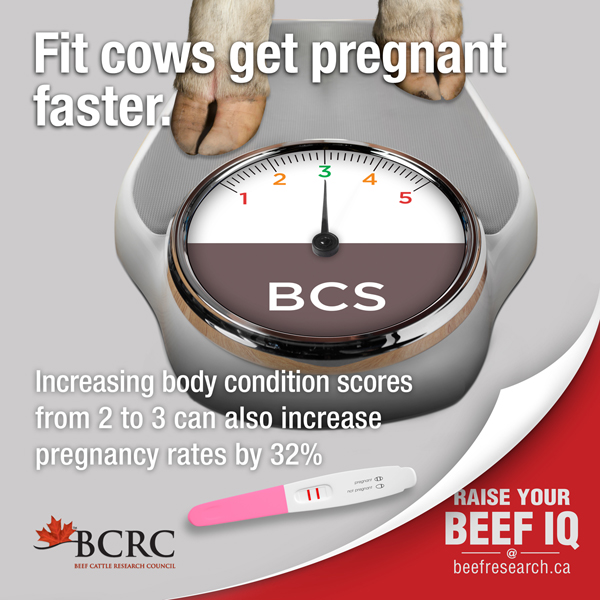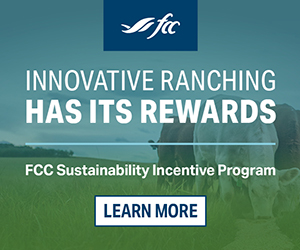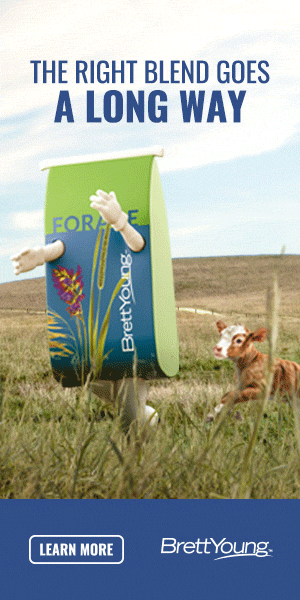AB Direct - Steers
Rail: ---
AB Direct - Heifers
Rail: ---
US Trade- Steers
Rail: ---
US Trade - Heifers
Rail: ---
Canadian Dollar
0.15

Importance of maintaining cow weight after calving
With a smaller cow herd in both Canada and the United States, the demand for calves in the fall of 2024 will be high. Reducing the number of open cows could have financial benefits.
Breeding season starts approximately 81 days after calving. At this point in time, cows are just past peak lactation (56 days post calving) and are not at maximum feed intake (96 days post calving). Two year old first calf heifers are getting their permanent teeth which reduces their ability to consume feed. If the ration is not providing enough nutrients, especially energy and protein, lactating animals will lose weight and body condition.
In the mid 1960’s, research completed at the University of Alberta by Dr. Berg and Dr. McElroy found that maintaining or having a slight improvement in cow weight (9 pounds) between calving and the breeding season improved pregnancy rates by 20 per cent compared to cows that lost 24 pounds. It would be difficult to visually detect less than 100 pounds of weight gain or loss.

Understand the Impacts of Body Condition Scores
Check out the Body Condition Score (BCS) calculator, developed in partnership with BCRC. The slider tool shows how pregnancy rates are impacted by an animal’s BCS. Calculators are also available to estimate feed costs based on an animal’s BCS.
If the cow has one cycle prior to bull turn out, the first service conception rate increases by 20 per cent. This is directly related to cow condition prior to calving and post calving nutrition. Thin cows at calving take longer to cycle. In a study by Bellows and Short, they found that only 46 per cent of thin cows were cycling 60 days post calving. The number increased to 66 per cent at the time the bulls were turned in. In contrast, 91 per cent of cows in good condition at calving were cycling 60 days post calving and 100 per cent by the time the bulls are turned in. With shorter breeding seasons, some of the thin cows might not be cycling by the time that the bulls are pulled.
It is difficult to get thin cows to gain weight after calving. It can be achieved if higher quality forage and larger amounts of grain (8 to 10 pounds of barley or oats) is fed prior to bull turn out.
Breeding success depends on many factors. Nutrition needs to be part of a year round feeding management program. It is especially important to get cows in good condition prior to calving and prevent weight loss post calving.
This article was later published in Volume 4 Issue 1 of ABP Magazine (June 2024). Watch for more digital content from the magazine on ABP Daily.


